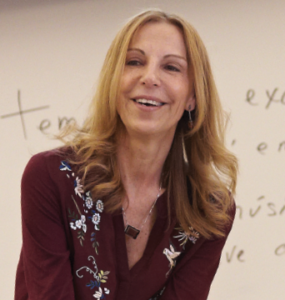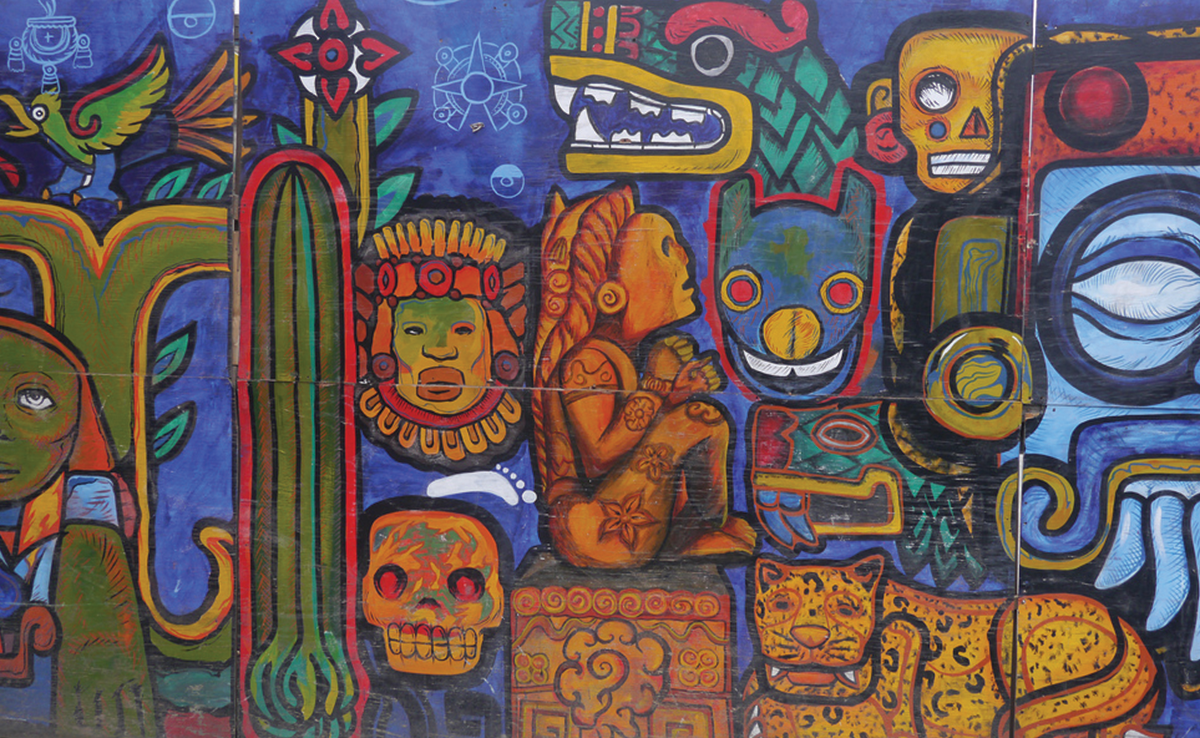City by City, the Arts Interpret Culture
María Claudia André, Ph.D. | Professor of Spanish
In the evening in some Buenos Aires clubs, guitars and accordions called bandoneons weave syncopated tango rhythms that draw patrons to the dance floor and echo back to the early 20th century. In Mexico City, vivid murals still transform buildings into huge canvasses, sustaining a genre born after World War I when the Mexican muralism movement introduced the world to artists like Diego Rivera, Jose Clemente Orozco and David Alfaro Siqueiros. More than half a century after “The Girl from Ipanema” won a Grammy as 1965’s Record of the Year, in Rio de Janeiro one still hears the famous bossa nova song, which Antonio Carlos Jobim and Vinicius de Moraes wrote about a sensuous woman they saw in Rio’s south-side Ipanema neighborhood.

Dr. María Claudia André is completing a project to capture the artistic vibrancy of these three Latin American megacities. In summer 2017, André and Hope students Brian Molhoek ’18 and Sara Plohetski ’18 conducted research at the Library of Congress. Since then André has transformed their findings into digital maps that graphically convey how writers, composers and visual artists represented each city from the 1920s through 2000. Tomás Fernández-Abrevaya, a native teaching assistant on the staff of the Department of Modern and Classical Languages, has assisted with the technical phase.
To grasp the impact of the arts in these cities, André explains, you have to consider the cultural background of the people who’ve settled in each one. “The people of Buenos Aires are mostly of European descent,” she says. “Rio de Janeiro embraces both Portuguese and African heritage, while Mexico City has Aztec and other pre-Columbian legacy and history.”
Digital mapping allows researchers to format information into a virtual image and project it onto a map. In André’s project, the maps are linked to essays, poems, short stories, artwork, music and videos. “If there is a poem written about a specific neighborhood, the poem as well as the poet’s information would be included,” she says. Some of the art and music is quite specific; for example, more than 300 tangos refer to Buenos Aires or even to one of its streets or neighborhoods.
André’s research has drawn interest from institutions in Latin America. On her 2017 visit to Argentina, the director of Buenos Aires’ city museum was excited to hear about her project, to which he plans to link from the museum’s website. She hopes to make similar bonds with institutions in the other cities.
The project is supported by a grant from the Great Lakes Colleges Association. André hopes it may lead to future collaborative faculty-student research initiatives at Hope and other GLCA member colleges.

